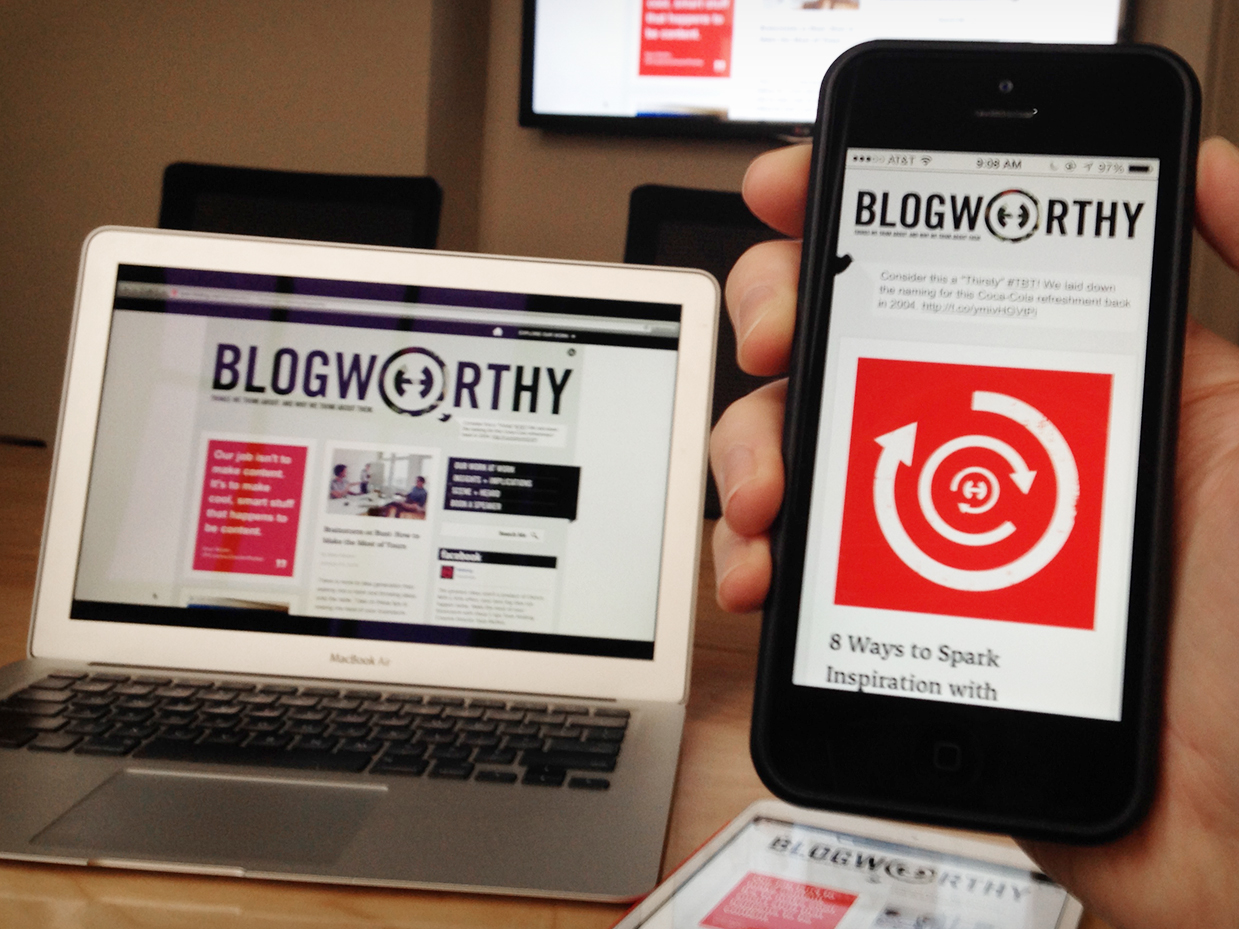Today’s media and content landscape is evolving. The state of traditional media is shrinking while more journalists are transitioning to digital media. With editorial departments decreasing in size over the past decade and hundreds of magazines folding, journalists are being charged to produce more content than ever before. Bottom line: Reporters are pressed for time and are looking to public relations professionals and marketers to provide “publication-ready” content that can be used across the different media channels, including the Internet.
The way readers read has changed, too. Digital technologies linked to the Internet—tablets, computers, smart phones and other mobile devices—have taken over the media universe. Readers are digesting news in smaller, bite-sized pieces, looking to online videos, blogs and social media networks for the latest information.
What does that mean for us? We need to employ a “Digital-first approach” when connecting with the online savvy media and their equally savvy audiences. That means it’s time to stop writing the way you were taught in school and put on your digital writing cap. That means it’s time to create content that journalists can easily share with their readers.
How do you do that? Here are five tips to keep in mind:
1. Bundle your news.
Give journalists everything they’ll need to engage readers. Provide fully vetted, accurate content, photos, cutlines and videos all in one package.
2. Write straightforward headlines that immediately address the why instead of the what.
Ask yourself: Why does my content matter? Entice readers right out of the gate with the why.
3. Tell the story in the most actionable way possible.
Your writing should be meaningful and to the point. At the same time, it should tell a story—be authentic and real. Incorporate active verbs and write in the present tense. Use interesting, unexpected language and thought-provoking industry facts.
4. Master the art of brevity and scan-ability.
Don’t write in long sentences. Your content should be easily digestible. Generally, longer articles are unsuitable for the Web, forcing journalists to spend valuable time editing them down.
Using subheads throughout your content creates multiple points of entry, indicating what’s coming next and enabling readers to skim. Bullet points will outline key ideas and break up longer stories.
5. Incorporate keywords and URLS.
Incorporate keywords in your headline and body copy. Making keywords relevant to the topic helps your content get picked up by search engines. Remember to embed links to relevant pages within your company’s website as well as to other credible sources you may have used.
What tips do you have for writing for digital media?
